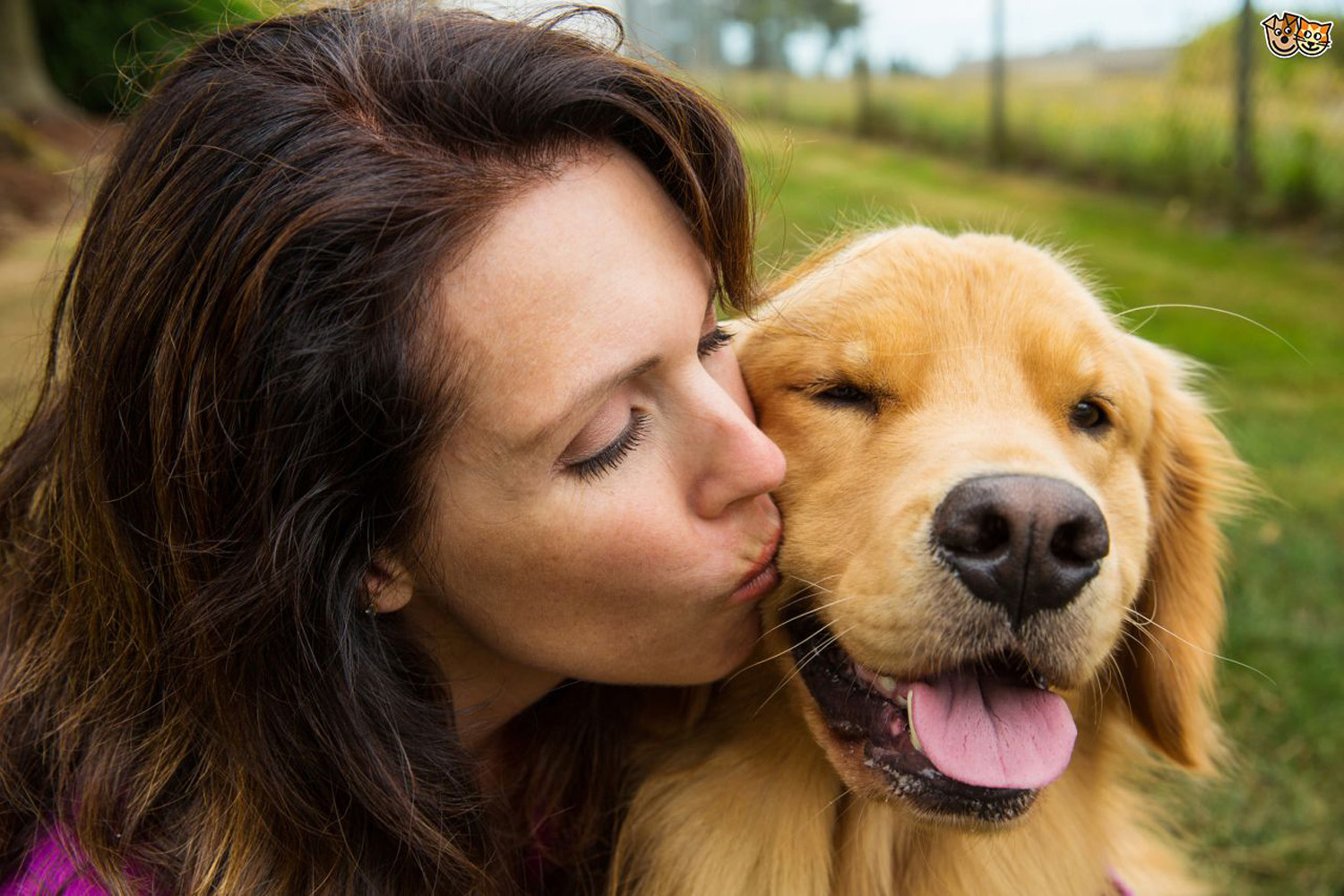Merriam-Webster defines bonding as “the formation of a close relationship (as between a mother and child or between a person and an animal) especially through frequent or constant association.” So let’s analyse this as it relates to our dog(s).
First of all, the idea of a “close relationship” is fundamental. Bonding does not imply an arms-length association such as you may have with work colleagues or a group you meet every now and then. It is much more than that. It implies a relationship where you would do anything to help, save or improve the lot of the other party. They need you, you’re there.
People have dogs for a variety of reasons: physical help (service dogs), mental health (companion/ support dogs), overall love of dogs, care of dogs (rescues) and the list goes on. But overlying all these reasons is a desire to build a close relationship with the dog(s). And, as with any close relationship, there is a desire to have frequent or constant association. With people living at distance from each other, it is not always possible to meet physically with them on a regular basis. However, through the use of Zoom (or equivalent) people can maintain regular contact visually and orally. Such human connection does not apply to dogs: “frequent or constant association” implies physically being there for dogs. Because so much of the inter relationship between dogs and humans is done through sight (body language) and smell, no app has yet been written to replace the physical association.
Bonding doesn’t happen in an instant. It takes time and effort. As with the age old adage “you get out of life what you put in”, so with bonding.
So how do you go about bonding with your dog?
All dogs love to play, particularly puppies. Incorporate into your daily routines time to play games that dogs, rather than yourself, enjoy. Playing fetch/ retrieve is a gimme. Letting your dog play in the back yard, running through a water spray, is normally a big hit as is a simple agility course. As you are trying to develop a strong, positive relationship with your dog, try to avoid mixing up training (sit, stay, etc) with games. There is a place for both and both achieve different ends.
Sitting with your dog is a great way to build bonding. In my opinion, very little beats having a dog on your lap, with the “icing on the cake” when the dog falls asleep. This is telling you that your dog is happy, content and relaxed in your presence. You will both experience a surge of oxytocin, also known as the bonding hormone. Oxytocin is responsible for feelings of attachment and love, and scientific studies have demonstrated that both species experience a surge of oxytocin when they are together. Talking to your dog is another way of creating a better bond with your dog. Although most of what you say will make no sense to your dog, they will pick up on the fact that you are focused on them and communicating in a tone, hopefully, that puts them at ease.
As with children, we protect our dogs and try to avoid harmful situations. But in order to build trust with your dog, you should allow your dog some freedom to explore and be themselves. As humans we recognize there are inherent dangers everywhere but we manage these situations the best we can. Trust is a key element in developing bonding. At its root, building a bond with your dog is about making sure you both trust and feel safe around the other.
This is the foundation of all connections, whether they are human to animal, human to human or animal to animal. If we trust our dogs, our dogs will trust us, allowing us to forge an unbreakable bond that lasts a lifetime.







